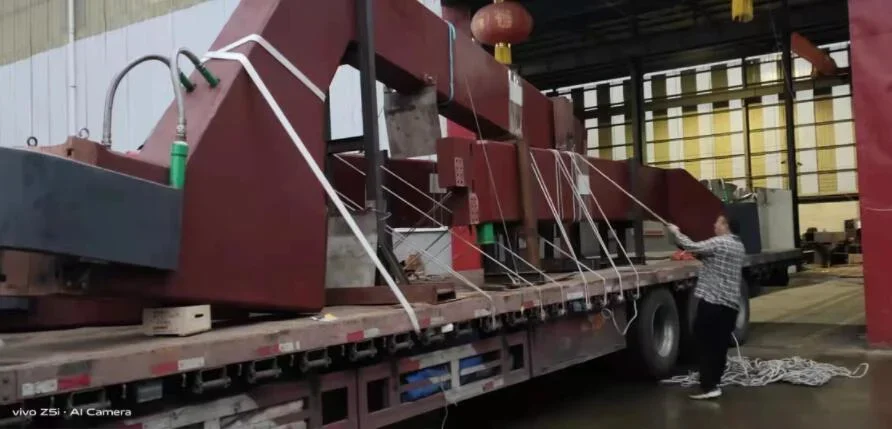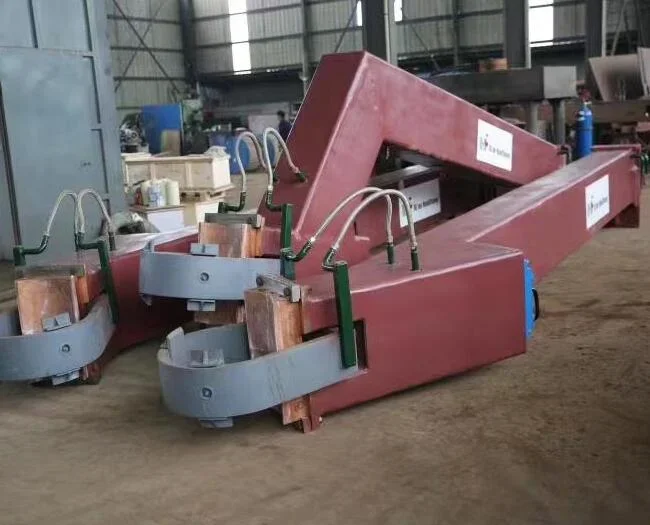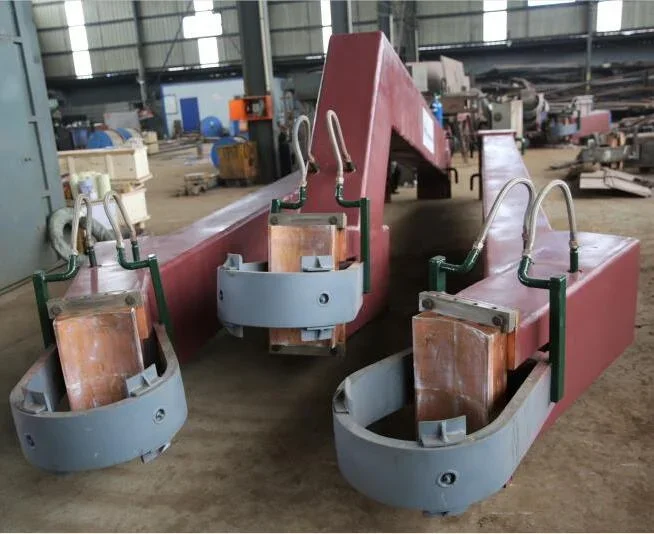Power conducting arms, also known as power track systems, are essential components in various industrial applications that require the transfer of electrical power and signals to moving equipment or machinery. These arms provide a reliable and flexible power supply solution, allowing for seamless operation and continuous power delivery during movement. In this comprehensive guide, we will explore the function and applications of power conducting arms, highlighting their importance in modern industrial automation and showcasing the diverse range of industries that benefit from their use.
Understanding the Function of Power Conducting Arms
Power conducting arms are designed to deliver electrical power, data signals, and communication lines from a stationary power source to a moving device. The arms consist of conductive bars or cables enclosed in a protective housing, which allows for safe and efficient power transmission while accommodating various types of movements, including horizontal, vertical, and rotational motions. By providing a secure connection for power supply, power conducting arms ensure continuous operation of automated systems and machinery without the need for battery changes or manual power connections.

Key Components of Power Conducting Arms
1.Conductive Bars or Cables:
The primary function of power conducting arms is to carry electrical power and signals from a fixed power source to a mobile device. Conductive bars or cables within the arms serve as the conductors that transmit power and data signals, ensuring a reliable connection between the power source and the moving equipment.
2.Protective Housing:
To safeguard the conductive bars or cables from environmental factors, mechanical damage, and exposure to dust or debris, power conducting arms are equipped with a protective housing. The housing is typically made of durable materials such as aluminum or steel, providing insulation and protection for the conductors.
3.Flexibility and Mobility:
Power conducting arms offer flexibility and mobility, allowing for continuous power transmission to moving equipment while accommodating various movements. The arms can flex, bend, and rotate to support the range of motion required by the application, ensuring uninterrupted power supply during operation.
4.Current Capacity:
Power conducting arms are designed to handle high current loads, making them suitable for powering heavy-duty equipment and machinery in industrial settings. The arms can deliver sufficient power to motors, actuators, sensors, and other electrical components, supporting the efficient operation of automated systems.

Applications of Power Conducting Arms
1.Robotics and Automation:
Power conducting arms play a vital role in robotic systems and automated machinery by providing power and control signals to moving components. These arms enable the seamless operation of robotic arms, conveyors, and other automated equipment, ensuring continuous power supply for efficient production processes.
2.Material Handling Equipment:
In material handling applications such as overhead cranes, hoists, and automated storage systems, power conducting arms are used to deliver power and control signals to moving loads. The arms support the movement of heavy materials, enabling safe and efficient handling operations in warehouses, distribution centers, and manufacturing facilities.
3.Automotive Industry:
Power conducting arms are widely used in the automotive industry for powering assembly line equipment, robotic welders, and conveyors. These arms facilitate the movement of vehicle components during manufacturing processes, ensuring a reliable power supply for efficient production and assembly operations.
4.Entertainment and Amusement Parks:
In entertainment and amusement park attractions such as roller coasters, carousel rides, and stage lighting systems, power conducting arms are utilized to deliver power and control signals to moving elements. The arms support the dynamic movements of rides and lighting effects, enhancing the overall experience for visitors.
5.Aerospace and Aviation:
In aerospace and aviation applications, power conducting arms are employed in aircraft maintenance facilities and ground support equipment to provide power supply to moving platforms, lifts, and tools. The arms enable the safe and efficient operation of equipment during maintenance, repair, and inspection procedures.
6.Manufacturing and Industrial Automation:
Power conducting arms are extensively used in manufacturing plants and industrial automation systems for powering conveyors, robots, and other machinery. These arms support the movement of components and materials along production lines, ensuring a continuous power supply for seamless operation and increased productivity.

Conclusion
Power conducting arms are versatile and essential components in various industries, providing a reliable and flexible power supply solution for moving equipment and machinery. By understanding the function and applications of power conducting arms, users can leverage the benefits of these systems to enhance efficiency, productivity, and safety in industrial operations. Whether in robotics and automation, material handling, automotive manufacturing, entertainment, aerospace, or other industries, power conducting arms play a crucial role in powering moving equipment and supporting a wide range of applications. Investing in power conducting arms is a strategic decision for businesses seeking to streamline operations, improve performance, and ensure continuous power delivery in dynamic industrial environments.


